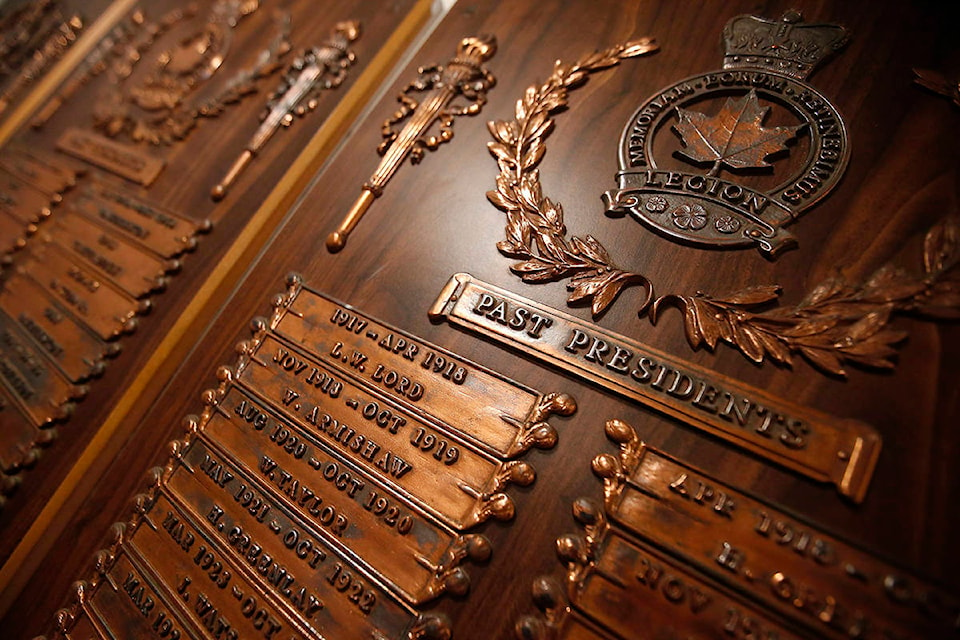Temur Durrani, Local Journalism Initiative Reporter, Winnipeg Free Press
At least 10 per cent of legions in Canada will be forced to close permanently in the next few months unless there’s financial intervention, the Royal Canadian Legion’s national headquarters fears.
Shuttered amid the pandemic, legion branches have struggled to pay overhead costs and manage day-to-day operations, says communications manager Nujma Bond.
While federal emergency funds are made available for non-profit organizations through either the Canada Emergency Business Account (CEBA) or the Emergency Community Support Fund (ECSF), eligibility criteria for both aid packages restrict most legions from applying for funding.
“We’re the heartbeat of communities we cater to, but we’re slipping through the cracks,” said Jerry Lava, president of Manitoba and Northwestern Ontario’s legion operations.
“Our branches will keep falling like dominoes if they don’t receive appropriate help right now.”
Data shows 167 out of 1,381 legions have applied for CEBA. Only 55 have received funding.
None of Canada’s legion branches has qualified for ECSF funding since eligibility criteria includes projects specifically related to COVID-19.
Legion Dominion president Thomas Irvine has twice written to the prime minister to denounce the gaps in emergency funding but has yet to receive an official reply, said Bond.
Asked about emergency aid for legions recently, Prime Minister Justin Trudeau said the Veterans Affairs department is working on it, but he did not provide details.
“Normally, branches can rely on revenues from events, hall rentals, food service and the like,” said Bond. “Many of them have had to turn to non-traditional ways to raise funds in order to keep the lights on, from bottle drives to drive-through food service, to Go-Fund-Me initiatives.”
While some legions are slowly starting to reopen, Bond said they face tight restrictions and high costs to comply with provincial health directives.
“Sustaining this, combined with lower revenues,” she said, “may be impossible for some.”
In Winnipeg, where there are more legions per capita than in any other Canadian city, South Osborne treasurer Doug Fisher said it hasn’t felt the same since they reopened.
“It’s definitely been a struggle,” he said. “We can’t operate our halls in full capacity. We can’t hold the same kind of events with bingo and parties… and we can’t use our VLT machines the way we could before.”
“I’ve been a member for over 40 years and I’ve seen nothing like this.”
Naomi Vermette, manager for South Osborne Branch .252, said even their regulars haven’t returned.
“People often assume legions are like an all-boys club,” she said. “But once they come here, they understand how much fun you can have and how important it is to the community.”
“It’s sad that people feel scared maybe to return.”
Stephane Guindon, West Kildonan Legion’s president, said his location has experienced much the same.
“A big dent we faced was still paying our utility bills during the three months that we were closed,” he said. “I just wish someone from government said at that point, `Hey, look, legions do a great job and we should help them.’ But no one did.”
Lava said: “We need to keep fighting” to sustain the country’s legions. Legions are the first line of community for those that have fought for our country. This is how we give back to them for what they gave us.”
